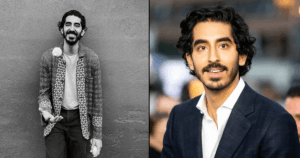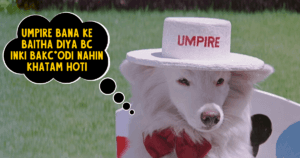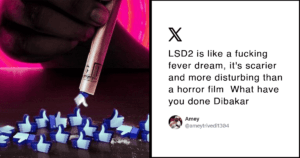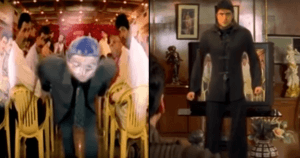Through the two-hour long screening of Crazy Rich Asians, there were many things that caught my attention – genuine performances, absolutely beautiful locations, and the kind of luxury you only dream about. Sadly, the story did not hold the same charm that the sets did!
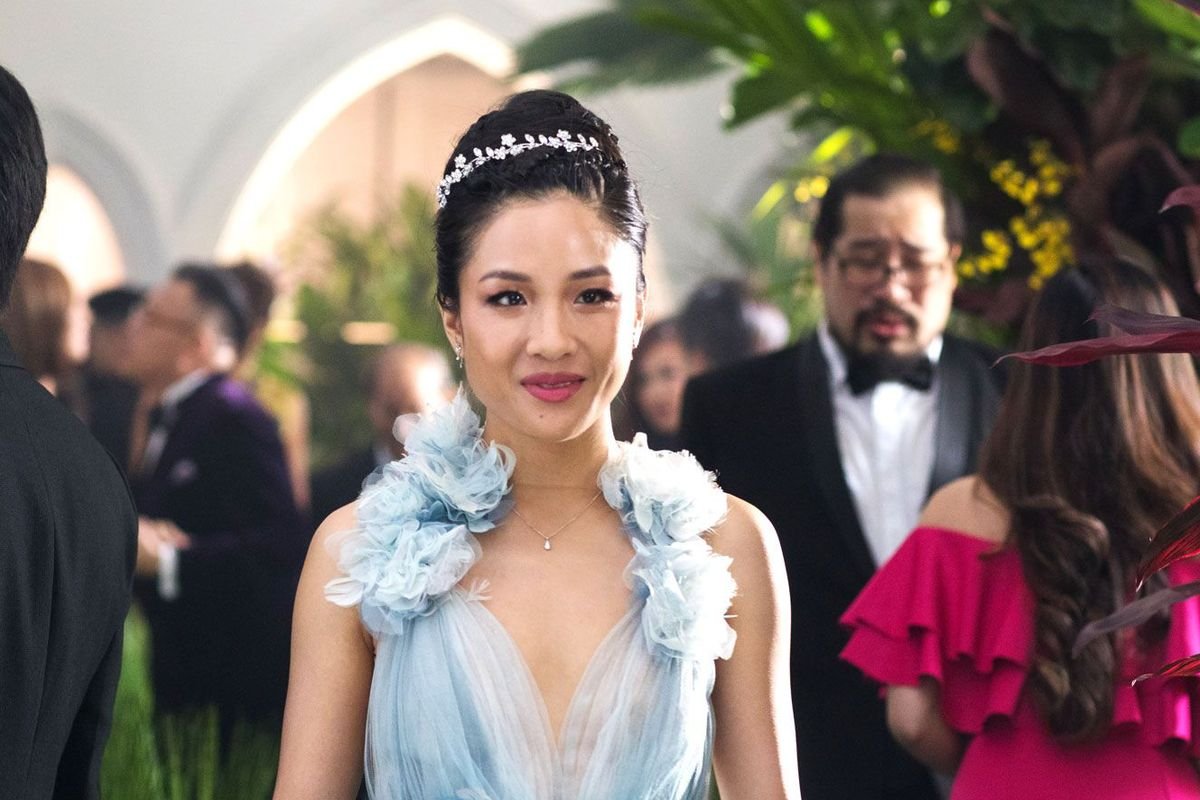
But from the excited smiles and gushing whispers of the 16-years-old around me, you’d have thought it was their favorite romance story come alive. And that’s when it struck me – this is the fantasy story that many of us, including yours truly, would love as a teenager.
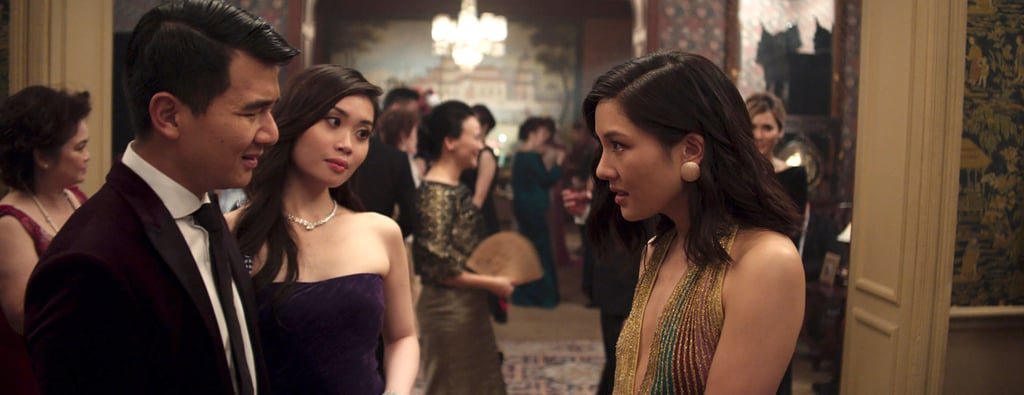
A talented young teacher, in love with a man whose family is the equivalent of Singapore’s ‘real estate royalty’, is getting wooed by emerald rings and private jets – hell, even at 26 this is a nice dream to have. But it is just a dream, and reality is far different.
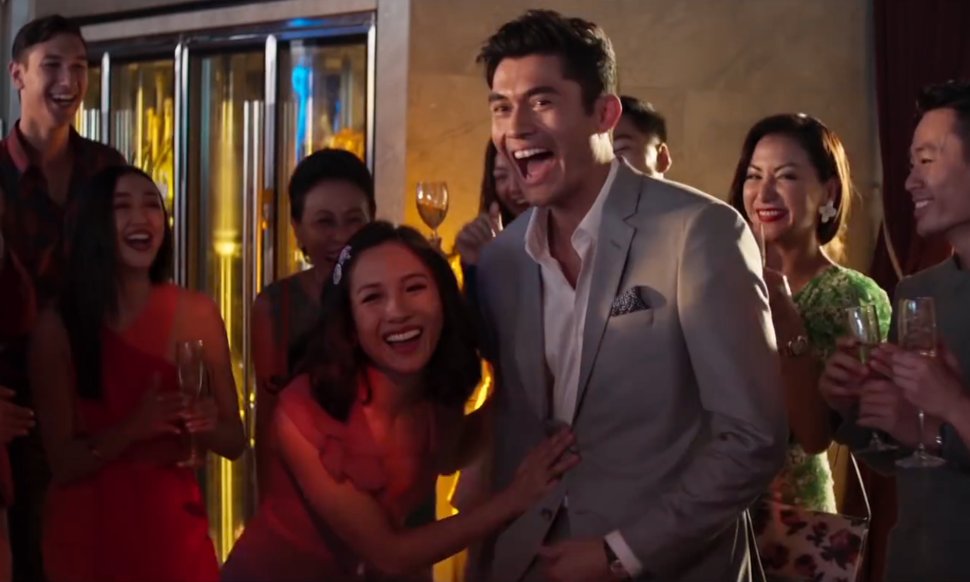
Hers is why Crazy Rich Asians may look like a dreamy, fairytale romance but is definitely a little too far from reality:
*SPOILERS AHEAD*
1. The lack of conversation on important matters between the lead couple.
The first time Nick and Rachel discuss his family is on their flight to Singapore, despite the fact that they’ve been together for almost a year.

This just seems like a comic setup, where the female lead gets awkwardly surprised to see her partner’s opulent wealth and the reactions of the family.
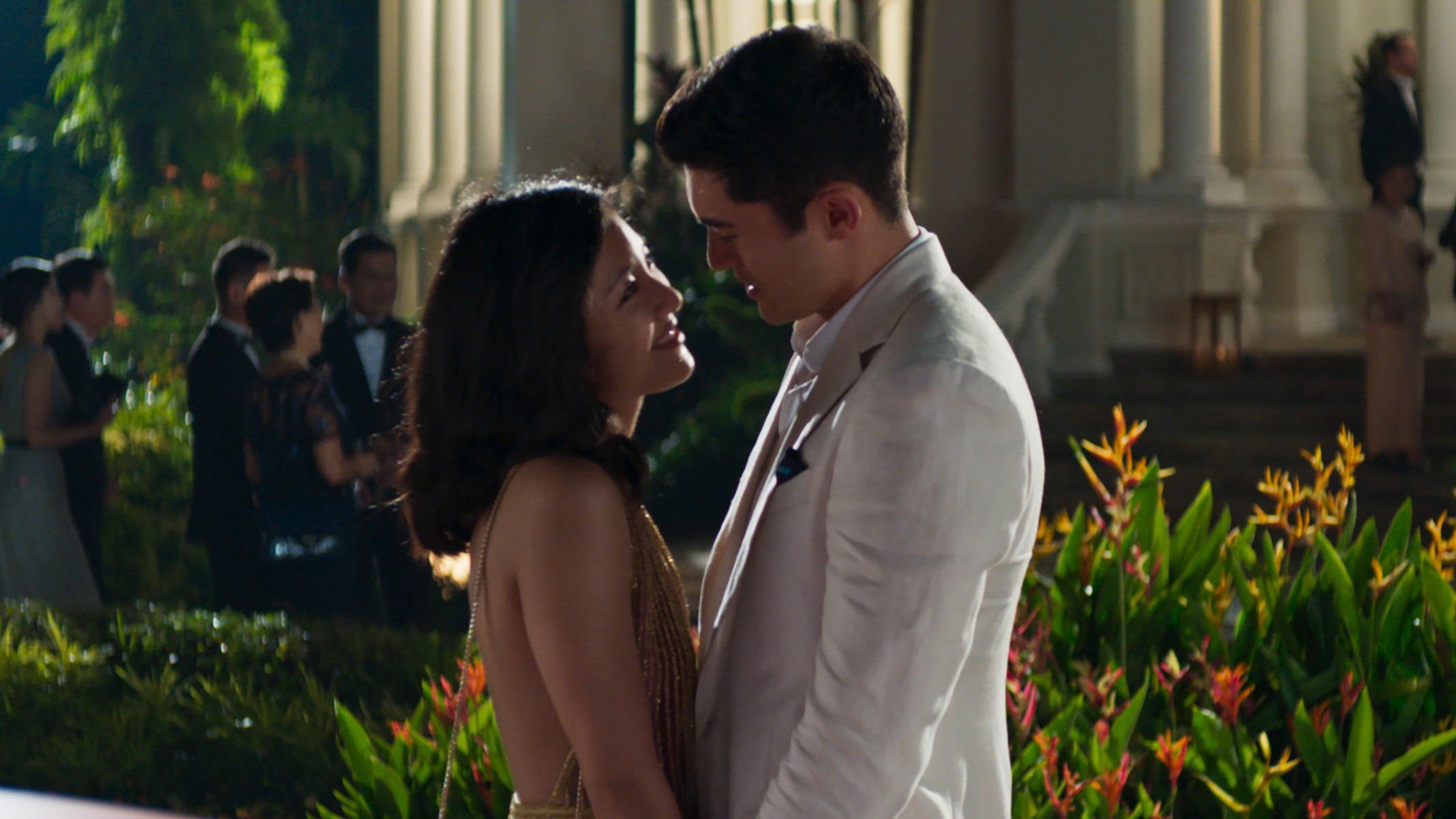
In reality, this is neither comical nor magical. Nick does not tell Rachel anything – whether it is about his family, his ex-girlfriend, or his decision to not pursue family business.
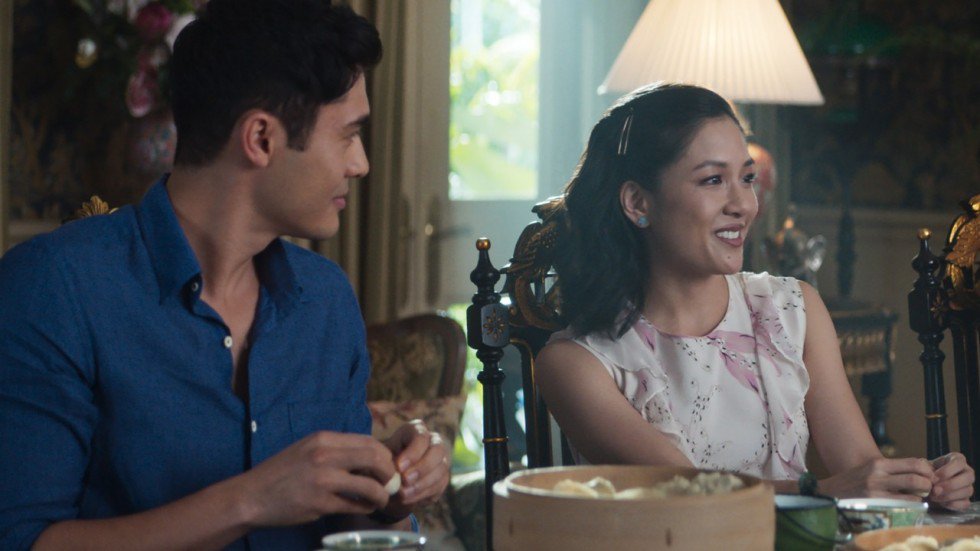
As a result of which Rachel is left blindsided more than a few times when she is with his family and friends. Sharing basic information is the cornerstone of any healthy relationship.
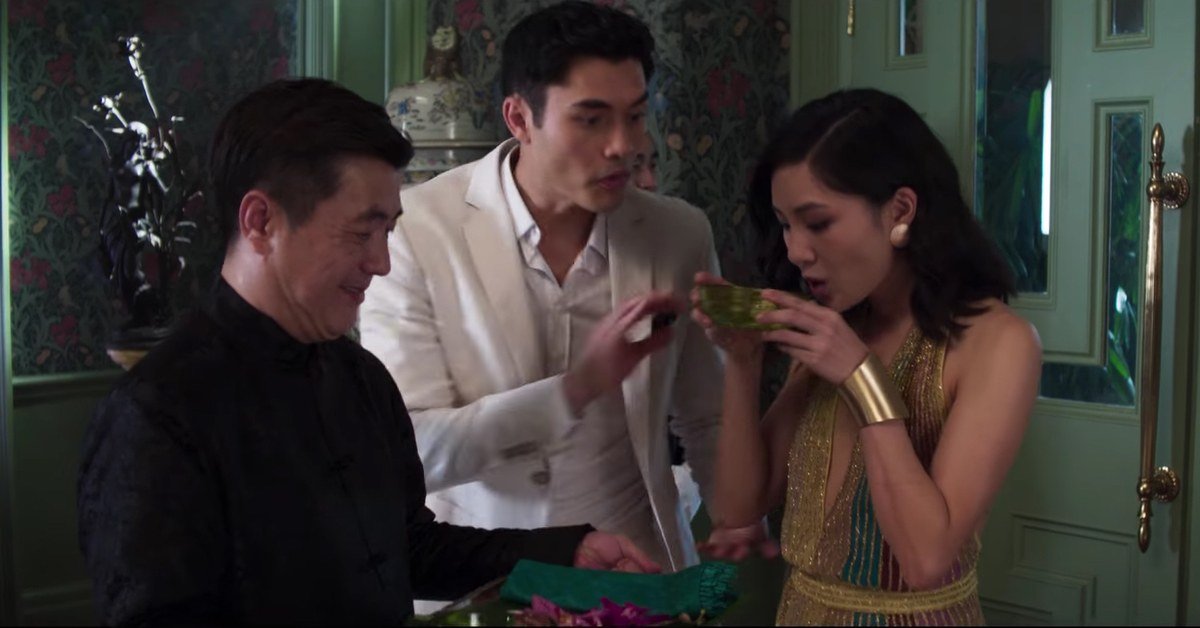
And while it is sweet when he confesses and apologizes for withholding information, it is easier to build a relationship on discussions as compared to one built on apologies.
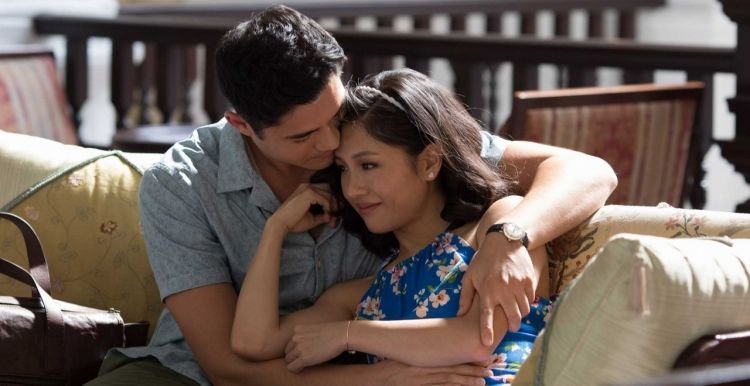
2. Showcasing dysfunctional relationships in a comical or regressive manner.
One of Nick’s cousin Eddie has a marriage that is definitely dysfunctional. His wife and he live more for the image on camera than the warmth off camera; are driven by status symbols, and despite having three kids between them, find it difficult to share a conversation. And yet all this is showcased in manipulated scenarios where such situations appear hilarious rather than concerning.
In another instance, Astrid – the cousin closest to Nick – is shown as a warm-hearted woman, earning more than her husband. As a result, her husband is constantly on an edge with her and even cheats on her.
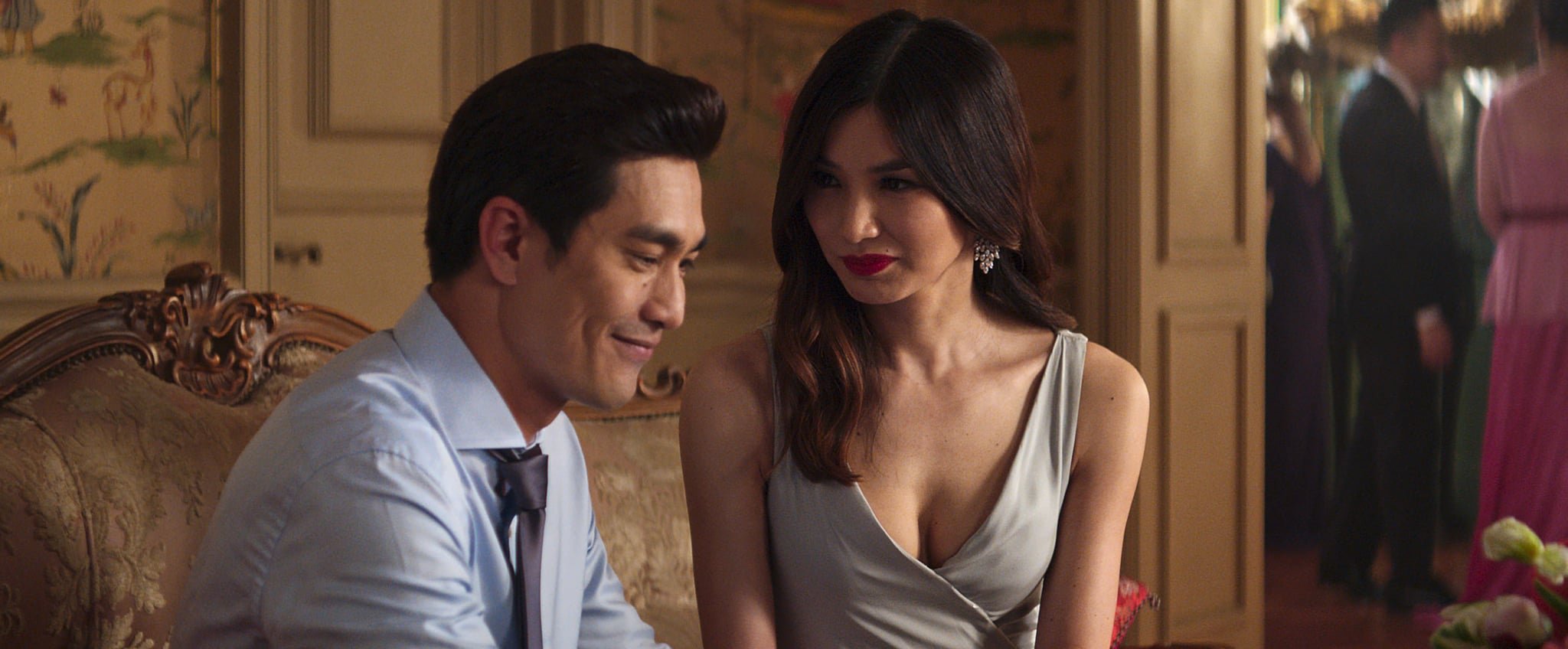
Though it is commendable that she takes a stand at the end, the whole relationship was a carefully crafted farce we’ve seen in more Hindi serials and movies than we can count.
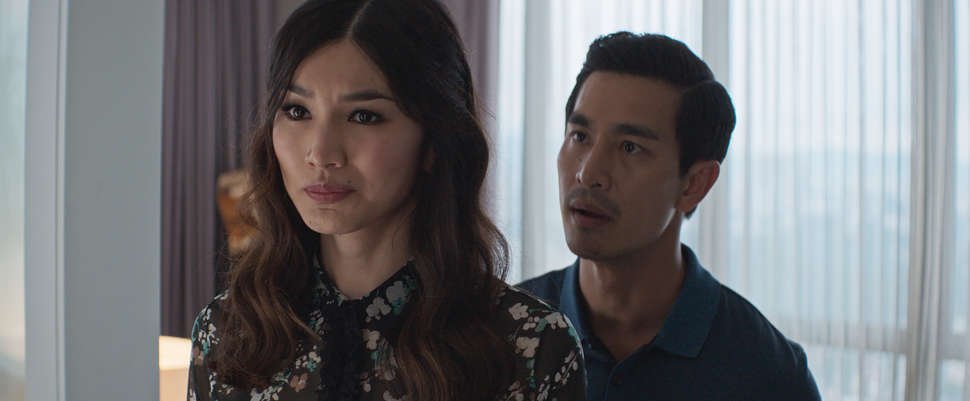
Showing such dysfunctional relationships set up 16-year-olds to believe that missed conversations are funny, and men cannot help but get insecure if a woman is better at what she does than he is. The reality is not that simple or that one-sided.
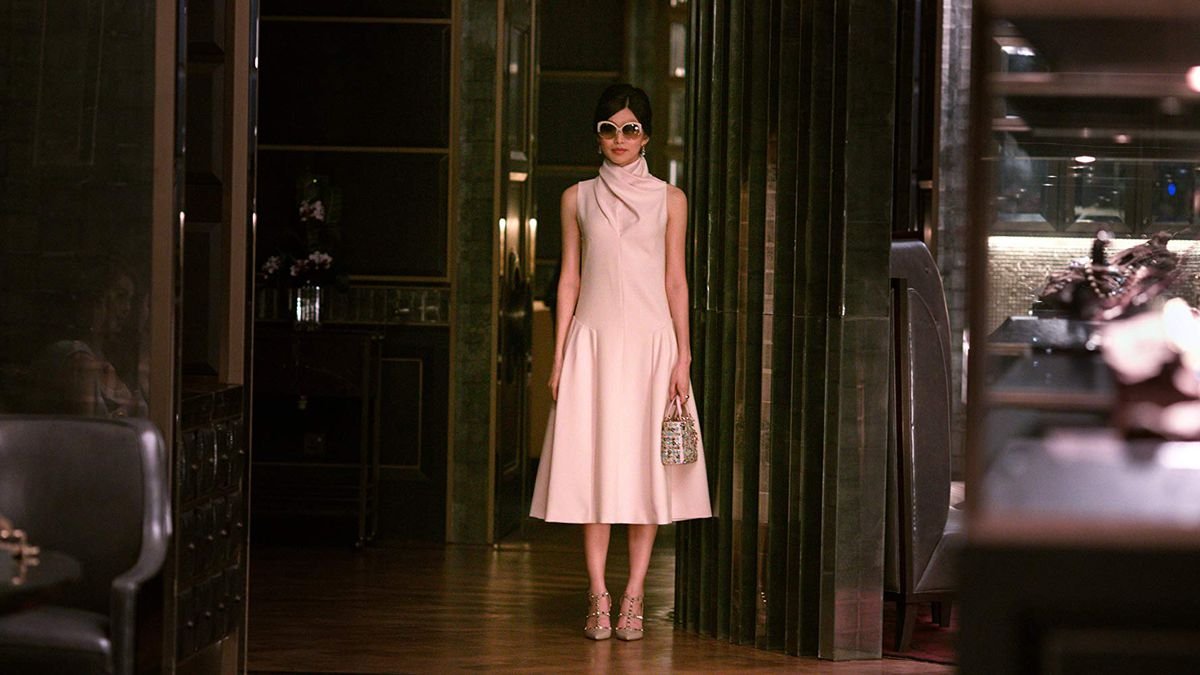
Instead of feeling realistic – something that a movie like Dil Dhadakne Do nailed – these relationships just feel like missed opportunities where a more relatable or rather, a less dramatic angle would have worked better.
3. The prospective mother-in-law is always a vamp.
My impressionable 16-year-old self found it all too easy to believe that all mothers-in-law are overprotective and vindictive, especially if they belong to the class colloquially known as ‘filthy rich’.
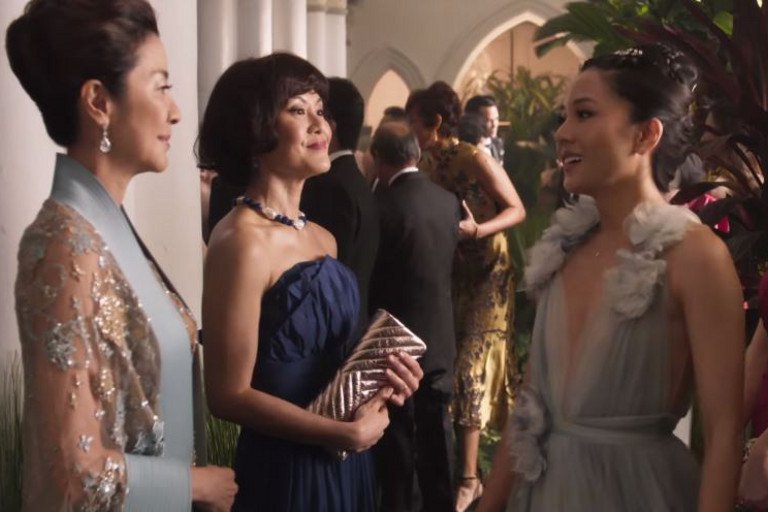
Why can we not have mothers who look after their son and still manage to love and respect their future daughters-in-law? Mothers who don’t try to demean a person right at the first meeting, simply because they have different ideas or upbringing?
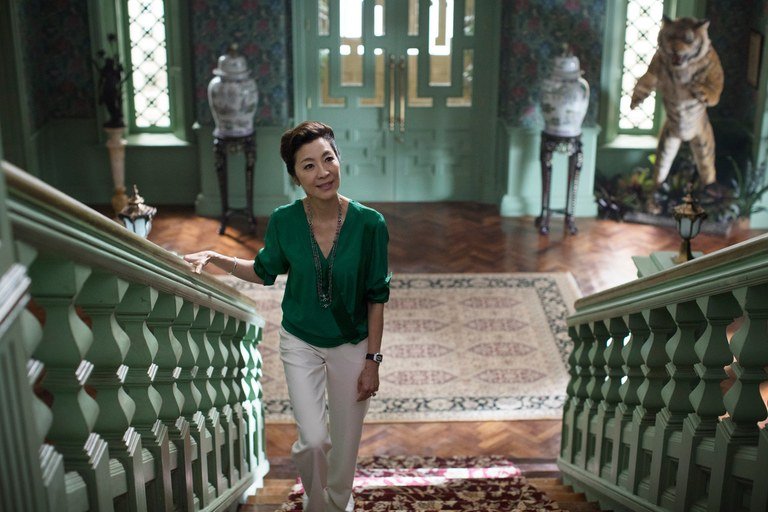
It has been 17 years since Kabhi Khushi Kabhie Gham… released but Mrs. Young could easily give Mr. Raichand a run for his money.
4. When grand gestures are all the proof of a happy relationship… not!
Like an unwanted rerun of every 90s Bollywood movie, and a fair share of Hollywood chick flicks, a grand proposal, in the end, absolves the lead couple of any and every problem they were facing.
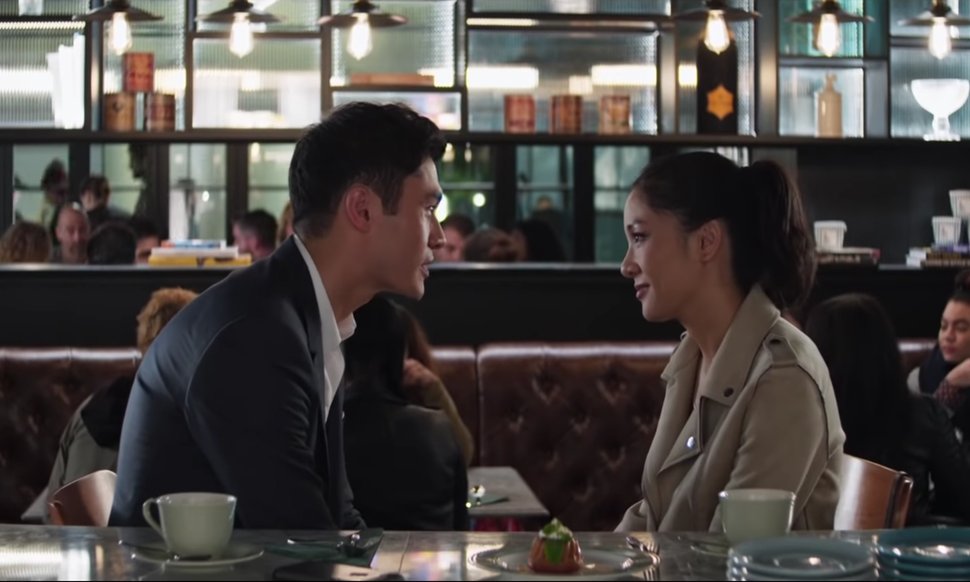
If only that worked in real life.
No matter how pretty the ring or how fancy a party is thrown, problems in relationships need to be talked and solved, not hidden behind grand celebrations and swept under the rug.
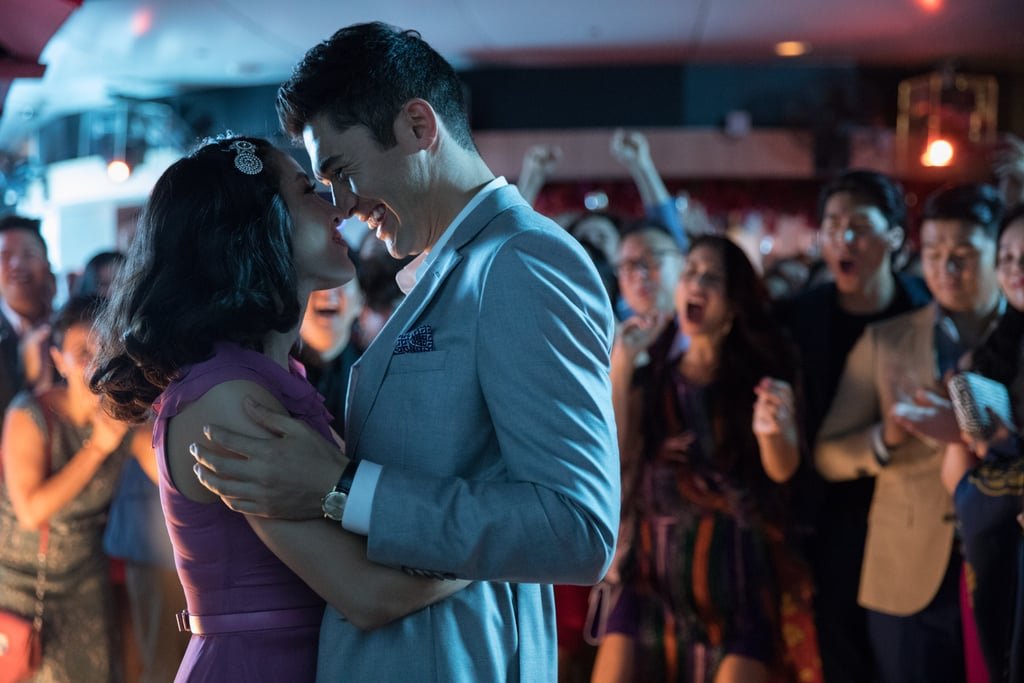
From 16 to 26, that’s a dating lesson every person learns – except it seems the movie creators. We’re all for happy endings, but they can be a tad bit more realistic!
5. The age-old trope that a woman who values passion and career can not respect family.
One of the main things that Nick’s mother dislikes about Rachel is the fact that she is ‘pursuing her passion’. In fact, she wastes no time in letting Rachel know that their family is close-knit because the women put family above self. Growing up, this is a very unhealthy representation to see on screen.
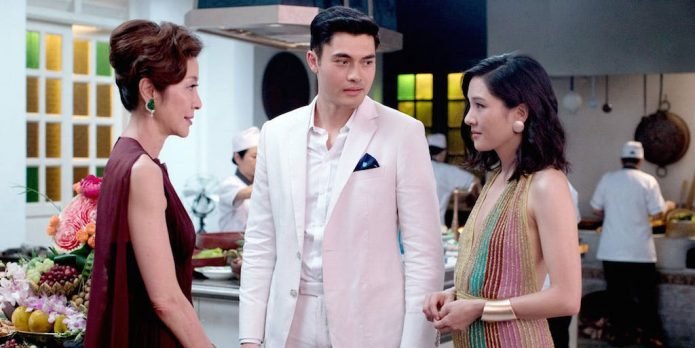
Although kudos to the movie for showing a close bond between Rachel and her mother, the misrepresentation of a career woman is a trope done to death.
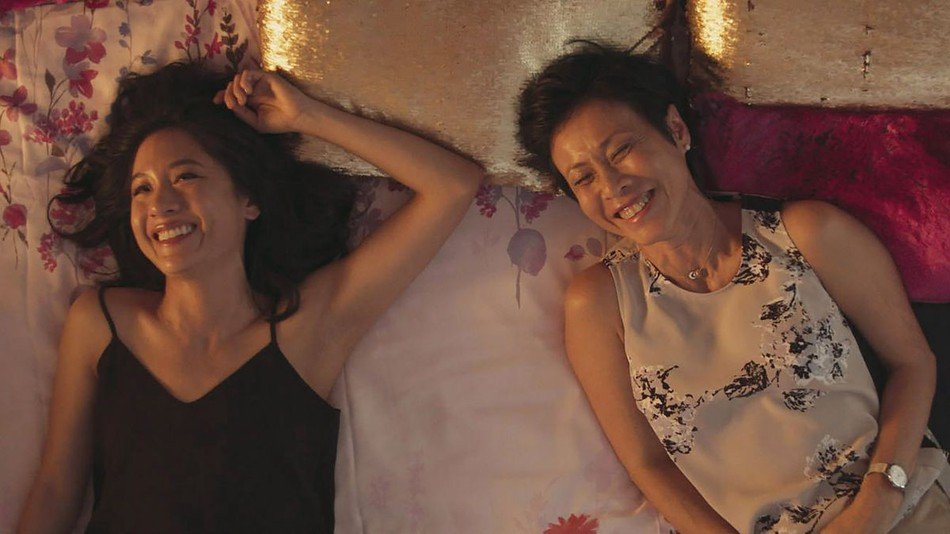
It is possible for us women – running after our ‘ambition and passion’ – to still treat the family with the same amount of love and care. Let’s start showing that on screen as well!
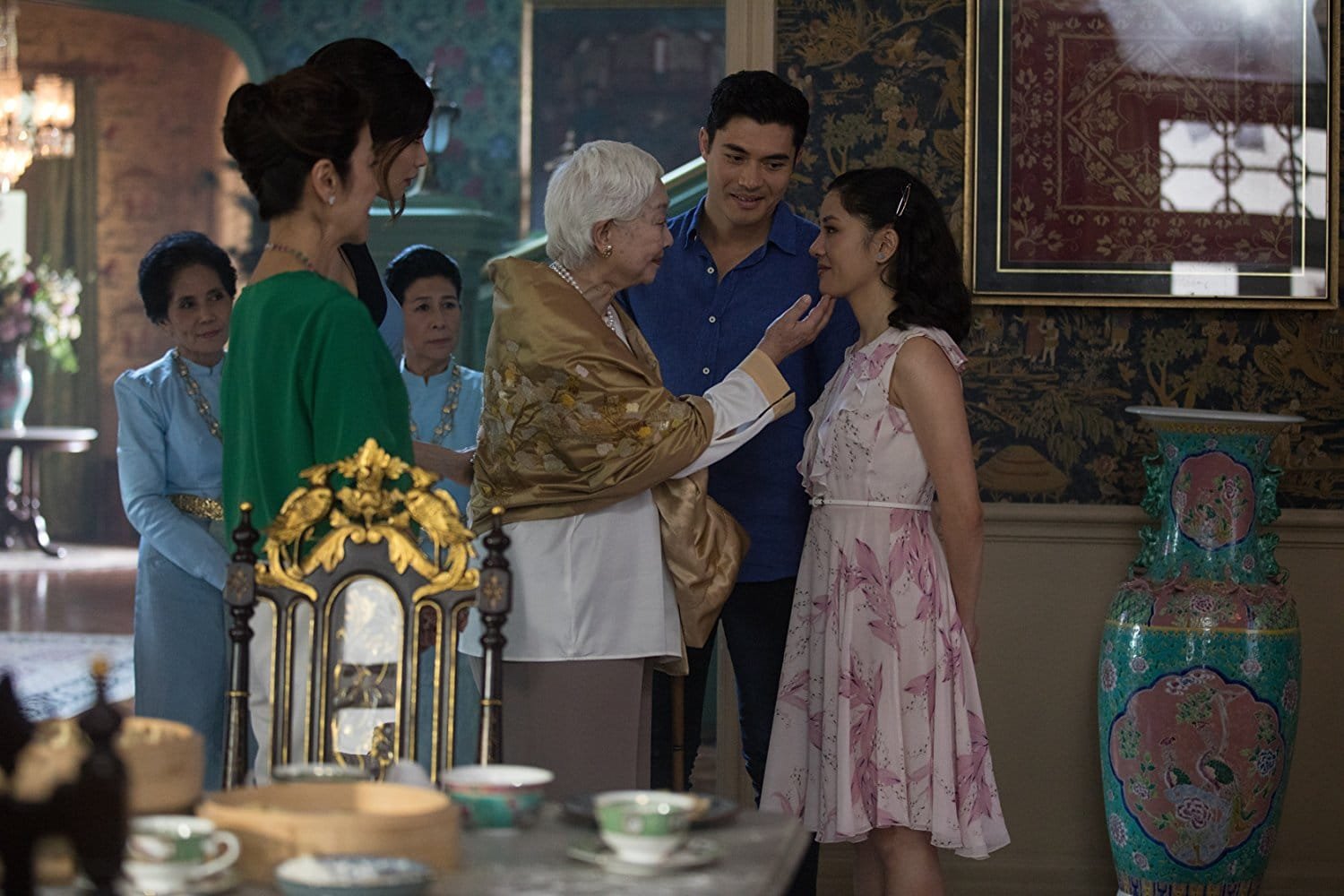
6. It’s 2018 but the LGBTQ representation in the movie is still stuck in the middle-ages.
After the many, many, many chick flicks that I saw growing up, I was convinced that only a gay best friend could transform, much like a fairy godmother. That is not true. People from the LGBTQ community are not just fashion divas, so let’s not shrink their identity to a cliche like this.
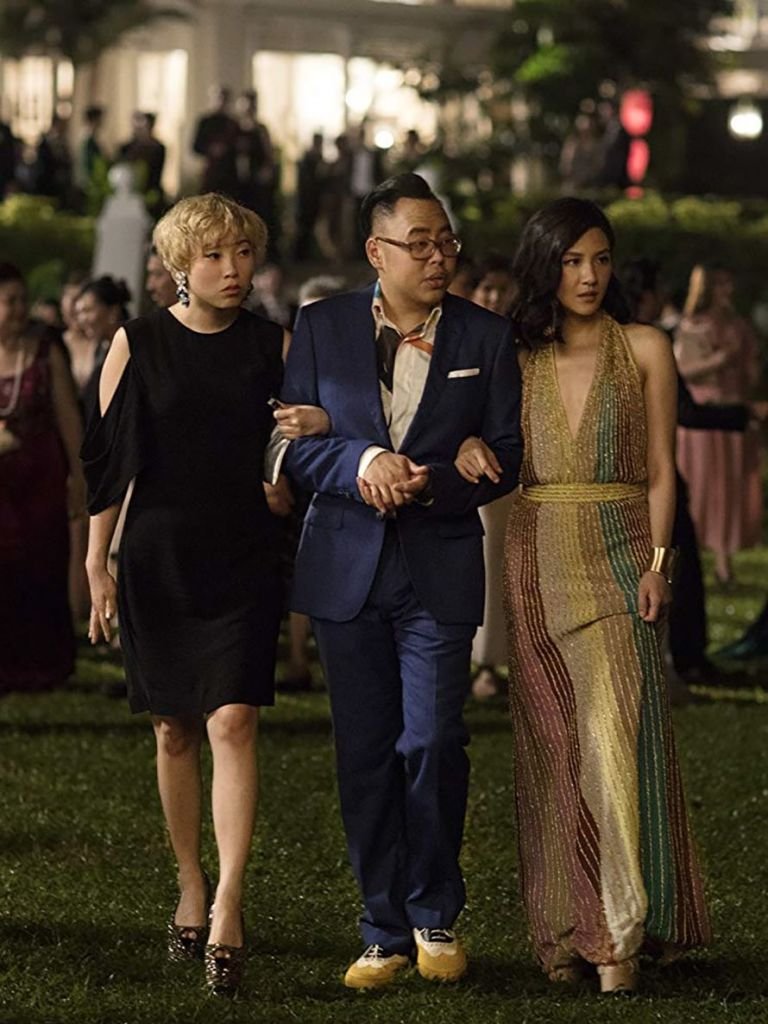
7. For the rich and the mighty, nothing matters more than ‘khandan ki izzat‘.
Nick’s grandmother and mother refuse to associate with Rachel because a private investigator discovered that Rachel’s mother had an affair.
The words private investigator were the first hint that the movie was headed into the 90s romantic drama category. The dialogue, ‘our family cannot associate with a family like that’ sealed the deal. It was almost like watching the Hollywood version of Harshvardhan Raichand from Kabhi Khushi Kabhi Gham. This is one symbol representation that has definitely not aged well.
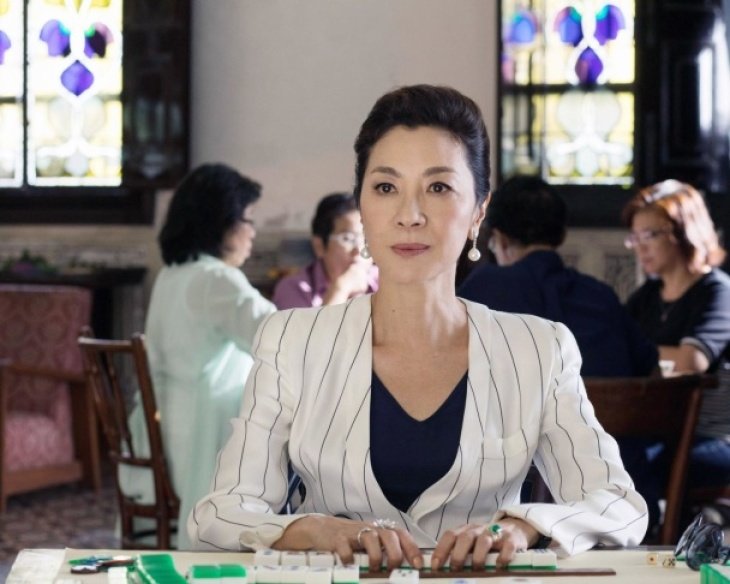
While it is great that we finally have Asian representation in a mainstream movie, that alone can not suffice to make the movie great. A story, that was suited to the time it was set in, would have been refreshing – especially since the actors’ performance was a delight to watch.
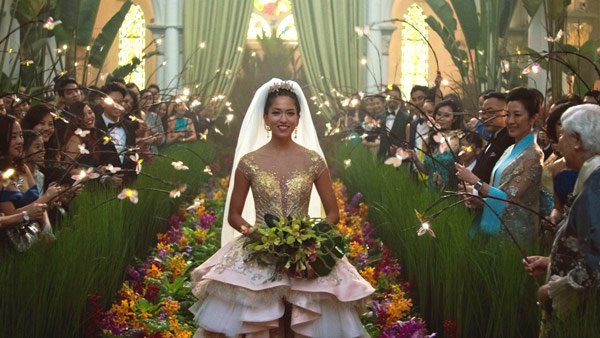
We can have modern stories with diverse representation as well; and frankly, we deserve it too!




